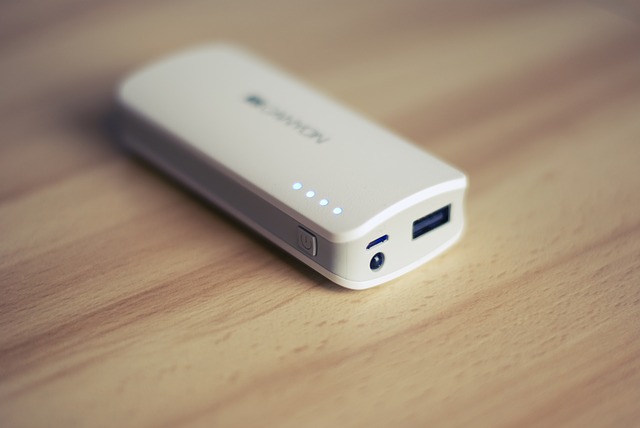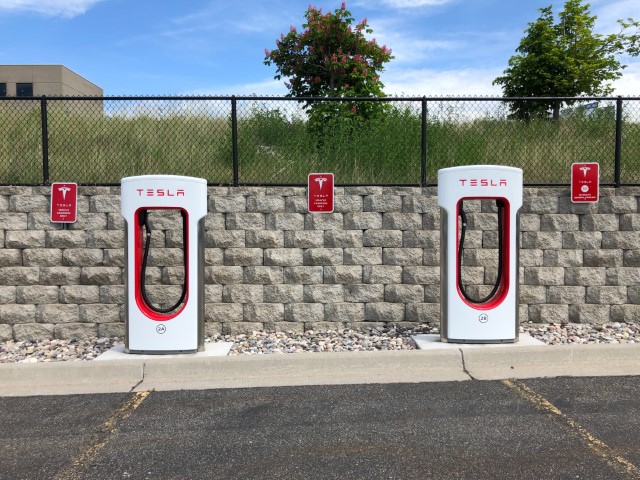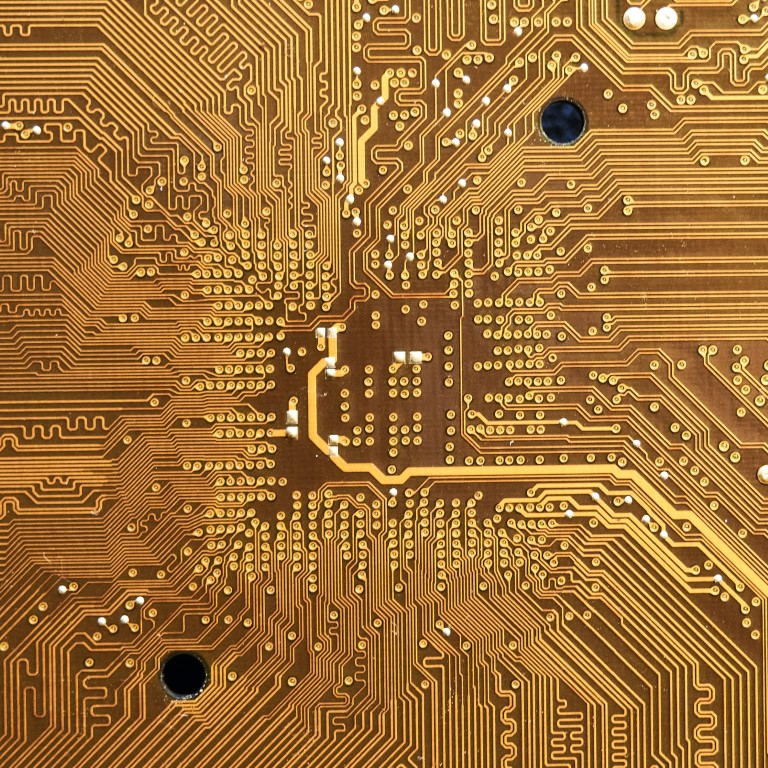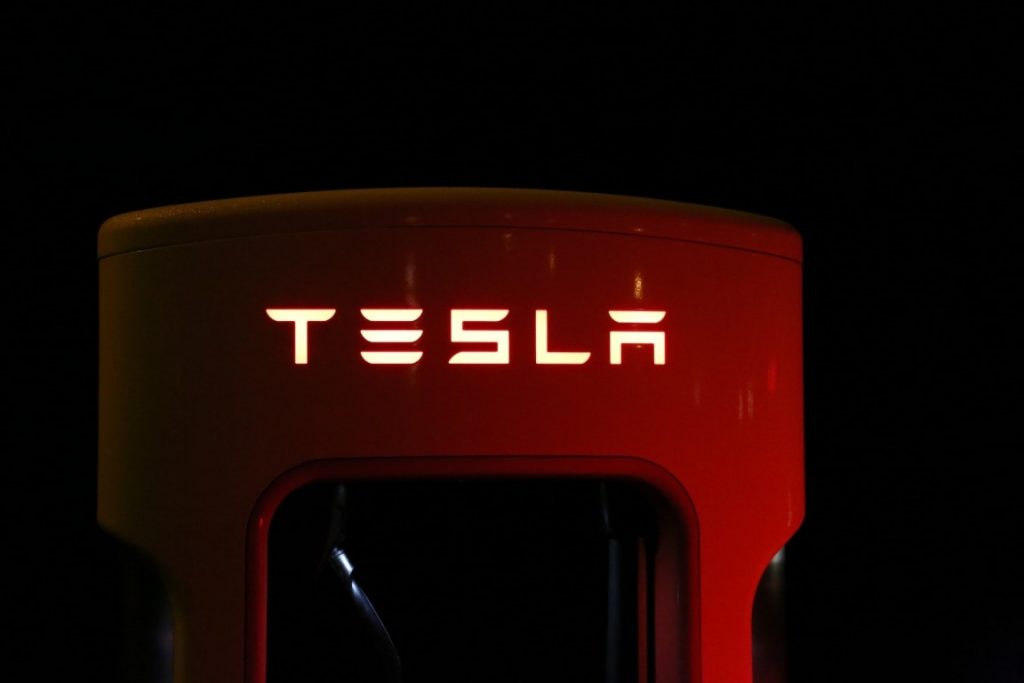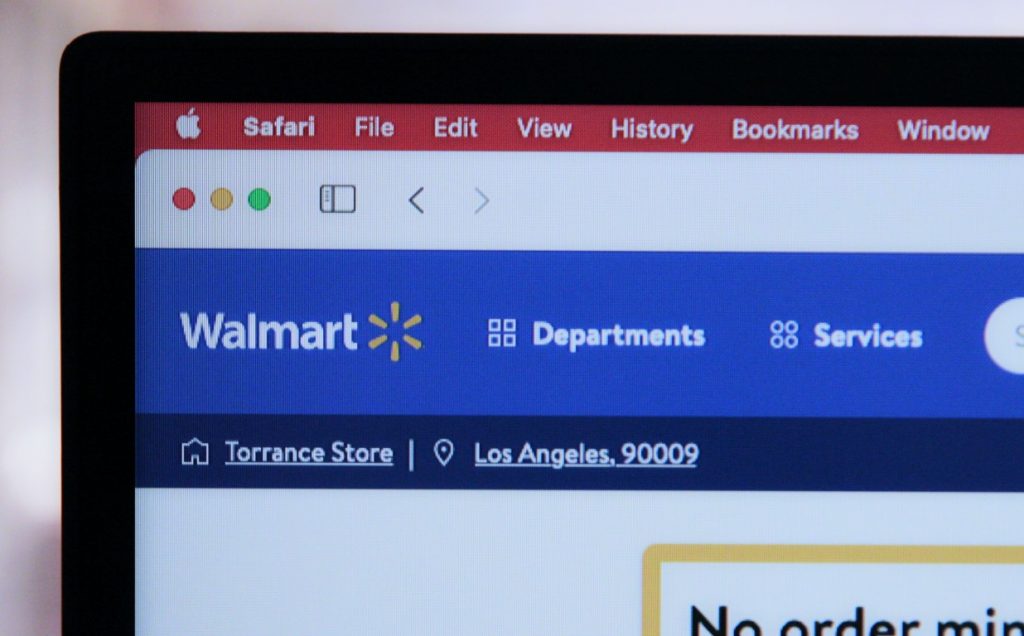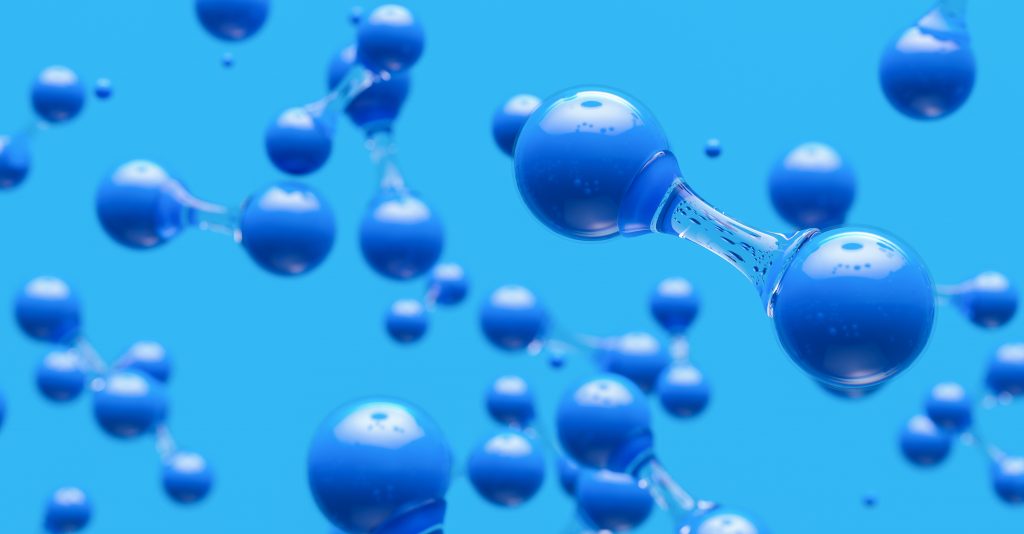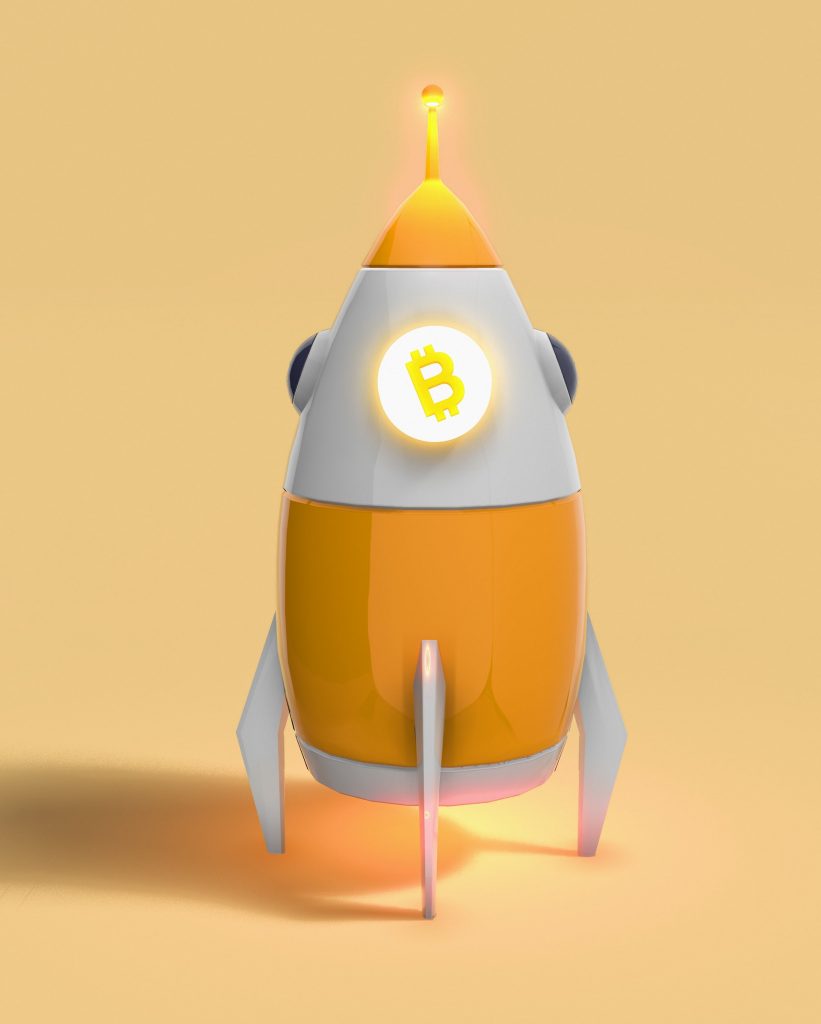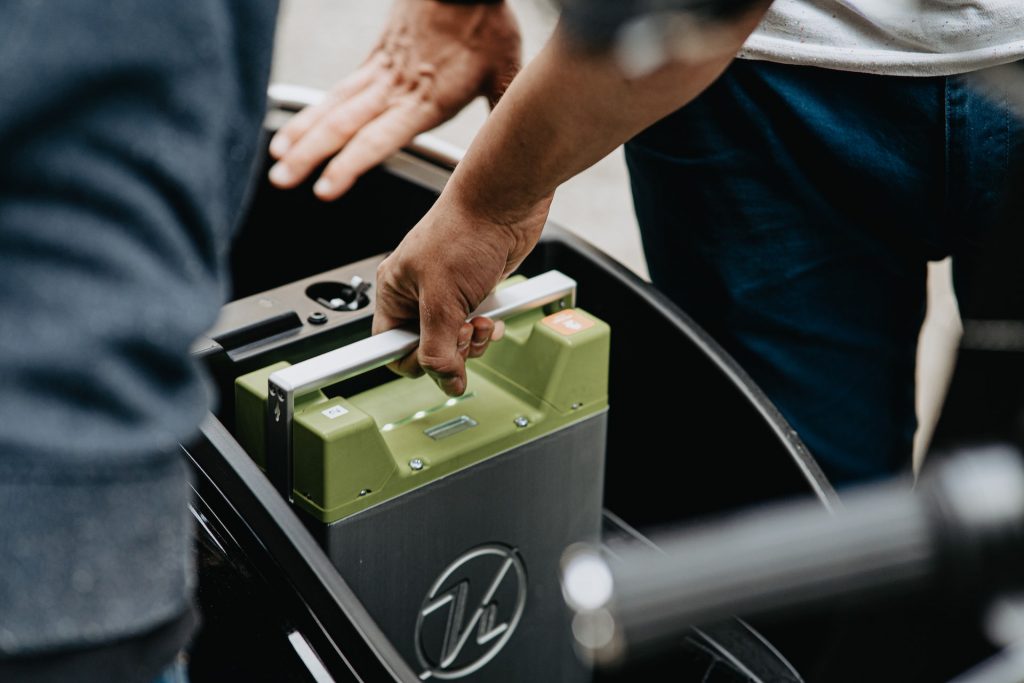- Introduction to Graphene Power Banks
- What is Graphene?
- How does Graphene Work?
- Why does a Graphene charger charge faster?
- Benefits of a Graphene Power Bank
- Why are Graphene Power Banks good?
- Graphene vs. Traditional Power Bank
- Can Graphene power banks charge multiple devices simultaneously ?
- Can Graphene power banks work with a wireless charging pad?
- Do you need a powerbank?
- What is phone battery health?
- Conclusion to graphene uses in power banks.
Introduction to Graphene Power Banks
We all know how frustrating it is to be stuck with a dead phone or laptop. And, in today’s world, we rely on our devices more than ever. That’s why it’s important to have a reliable power source. Enter graphene charging power banks
What is Graphene?
Graphene is a material that is made of carbon atoms that are arranged in a honeycomb-like structure. It is incredibly strong and light, and can conduct electricity and heat very efficiently. That’s why graphene is being used to create power banks that charge faster and are safer for everyday use. As lovers of tech, we are always on the lookout to find the newest and coolest things that are coming to the world. And graphene is one of those things. From being used in external batteries, to protective coatings for cars there really seems to be a huge variety as to how we will be able to better use graphene in the future.
How does Graphene Work?
The technology behind graphene charging power banks is pretty simple. Inside the power bank, there is a graphene-based material that charges the battery. When you plug in your device, the graphene material starts to transfer electrons from the power bank to your device
Why does a Graphene charger charge faster?
This process is much faster than traditional power bank charging methods, and it is also safer. Graphene is a non-toxic material, so you don’t have to worry about it leaching chemicals into your device. Unlike lithium polymer batteries, graphene has no memory effect which can damage the battery over time. Graphene will last longer due to this characteristic, which is very important when you are trying to charge multiple devices simultaneously as it will continue to have a high capacity even if you don’t drain it down to completely empty.
Benefits of a Graphene Power Bank
Are there any other benefits to using a power bank that uses graphene ? Yes! In addition to charging your devices faster, power banks with graphene are also more efficient. traditional power banks can lose up to 30% of their energy when you’re charging your devices.
Graphene power banks, on the other hand, only lose about 5% of their energy. This means that you’ll get more use out of your power bank, and you won’t have to recharge as often. So, if you’re looking for a faster and more efficient way to charge your devices, consider a graphene charging power ban
Here is a great video that we found that explained in detail how a graphene power bank can charge up to ten times faster than the older technologies could
Why are Graphene Power Banks good?
When compared to lithium polymer battery technologies such as Li-Po power banks, Graphene is superior for several reasons. For one, it is stronger. Secondly, it has a longer service life due to its higher electrical conductivity. Also, it has less tendency to overheat, unlike Li-Po which tends towards overheat over extended periods, even when fully discharged and at low temperatures. Also, Graphene is lighter than LiPo and likely to last longer. Lastly, unlike LiPo, which is typically not safe to store over prolonged periods and must always have some charge to stay functional.
Graphene vs. Traditional Power Bank
Graphene has a longer lifespan compared with traditional lithium polymer batteries. It also allows for greater electrical conductivity, meaning less heat is produced during the transfer of electricity. This means a larger battery capacity and better lifetime charge times than your conventional power bank can provide, since they have a different battery chemistry. Here you can see the chemical lattice of Graphe:
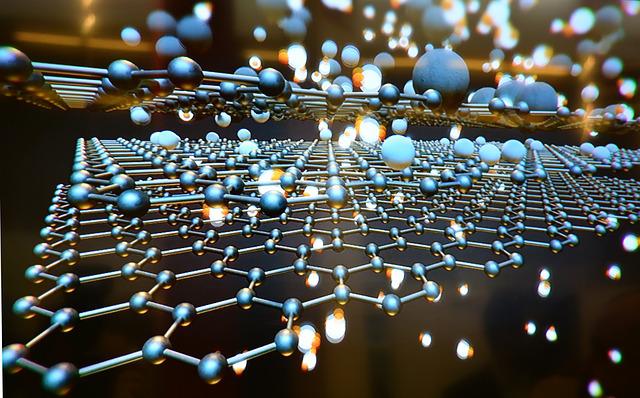
We aren’t going to lie and pretend like we know what this means, but this is the picture that showed up when we looked for graphene up close 🙂
Can Graphene power banks charge multiple devices simultaneously ?
Yes and no… so please let me explain. Yes as Graphene power banks can have the ability to charge multiple devices simultaneously. But no, because not every single power bank comes with that function. Just like the older models, some have single outputs, some have dual outputs and some have even more outputs than that. It all depends on how the device you’re charging supports the technology.
So although there is no reason why a graphene power bank wouldn’t be able to charge several devices simultaneously , it is not due to the batteries makeup but rather the design of the power bank itself
Can Graphene power banks work with a wireless charging pad?
While it might be possible to charge a power bank with a wireless charging pad we have found that when we looked at the current options for this feature it just wasn’t worth it. You sacrifice the quick charging time that comes with graphene power banks, because there is just a lot of energy lost when using wireless charging.
Do you need a powerbank?
This all really depends on how you use your electronics. Some people can get by without needing a boost mid day. However, there are also people who run out of power before the day is even half over. There are a couple of different reasons but there are two main causes of a dead battery by mid day. The first is simple, you use your phone a lot. you are either transferring a lot of data, have your screen brightness turned up very high, or are doing a lost of computing on the phone. The other reason is that your phones battery is not in good condition
What is phone battery health?
Phones lose battery capacity over time. As with many things, there are many factors which contribute to this loss. These include: the use and abuse of devices; environmental factors; poor charging habits and many other reasons. The more often a phone gets dropped, mishandled or dropped on rough surfaces (such as the road) the higher the chance of damaging the cells in the battery. When this damage is caused there is a chance that they will no longer has as high of capacity to hold a charge. This will in turn lead to a lower total capacity, and result in a shorter battery life
Conclusion to graphene uses in power banks.
Graphene is not only good for batteries, but can also be applied as an electrical conductor and more. We are just starting to see the world pivot to using graphene batteries and the future looks bright with all the possibilities.
We have just finished using the Anker 737 power bank and are very impressed by not only the capacity, but the sleek design, small size, and speed of charging. We have been around long enough that we remember when a portable power bank was just a couple of normal AA batteries wired up and connected. Needless to say, they were heavy and probably resulted in a decent number of phones being fried.
